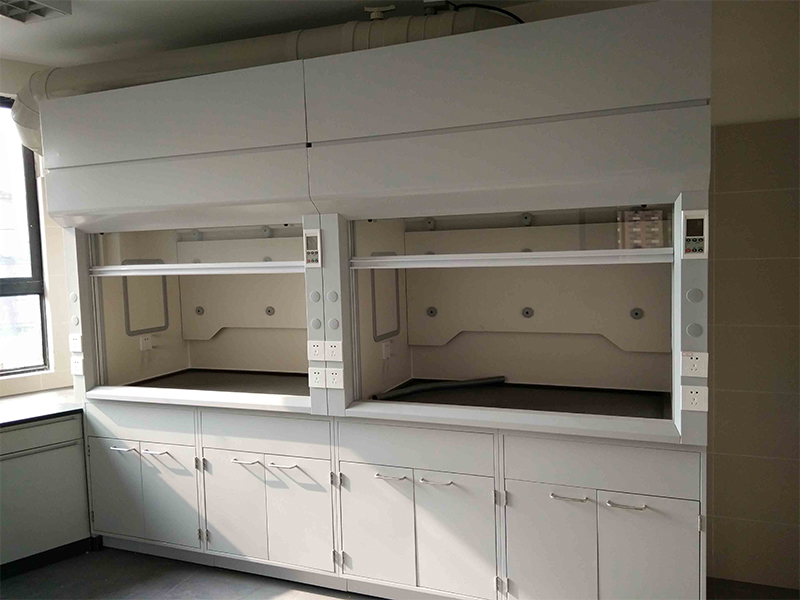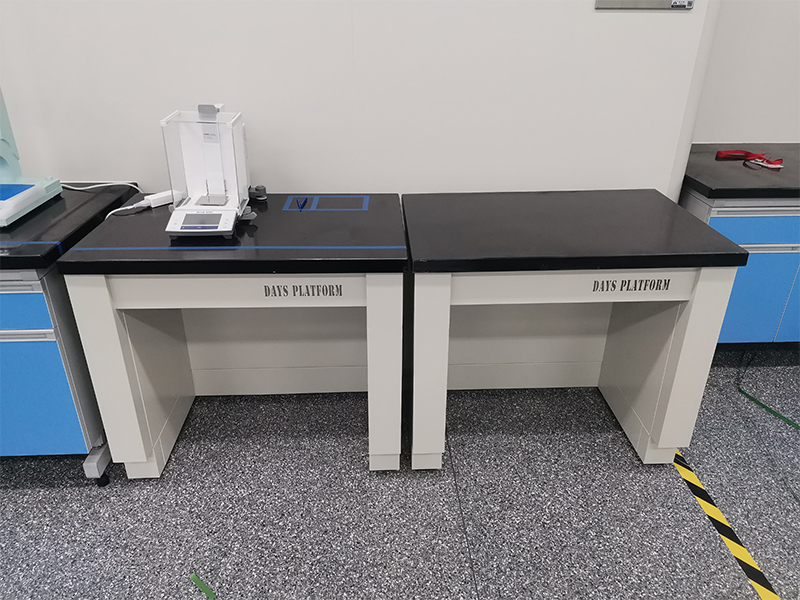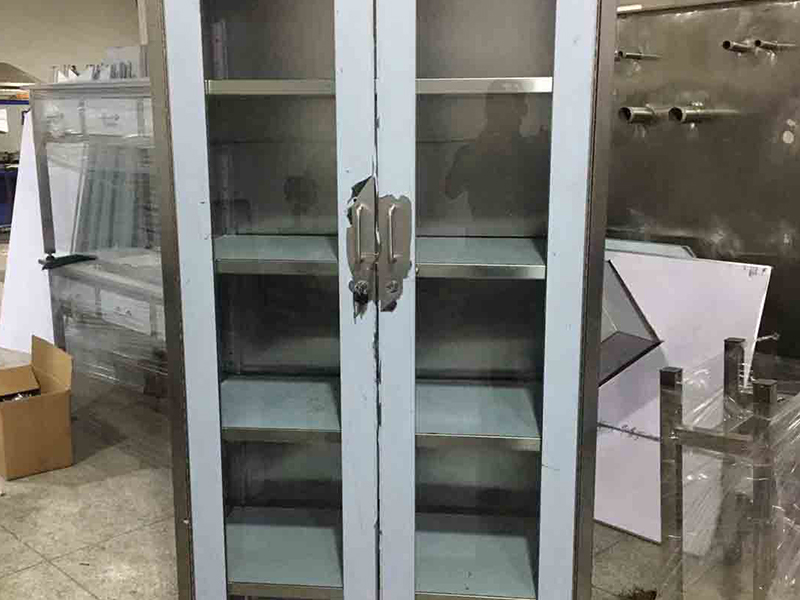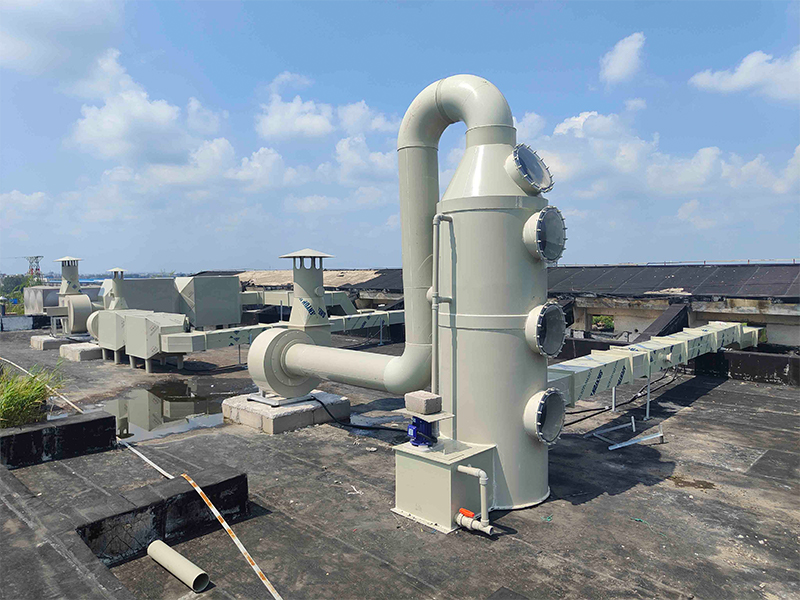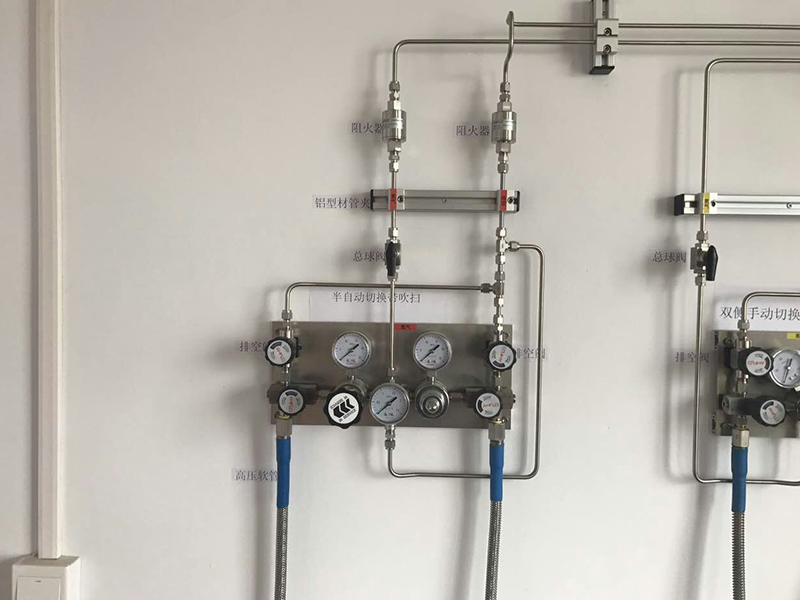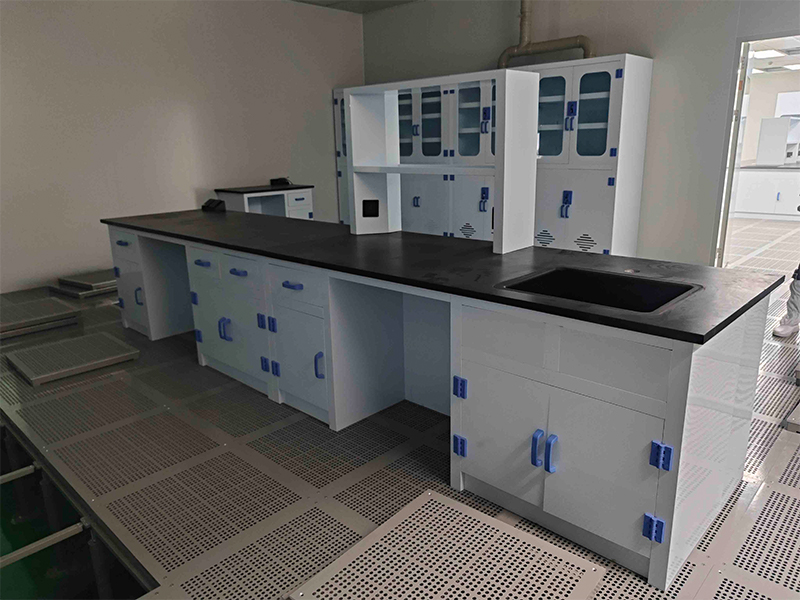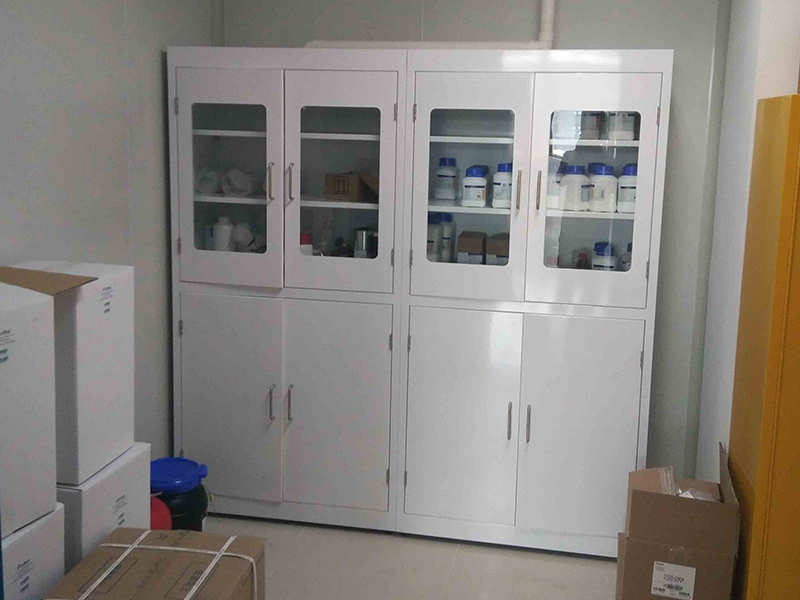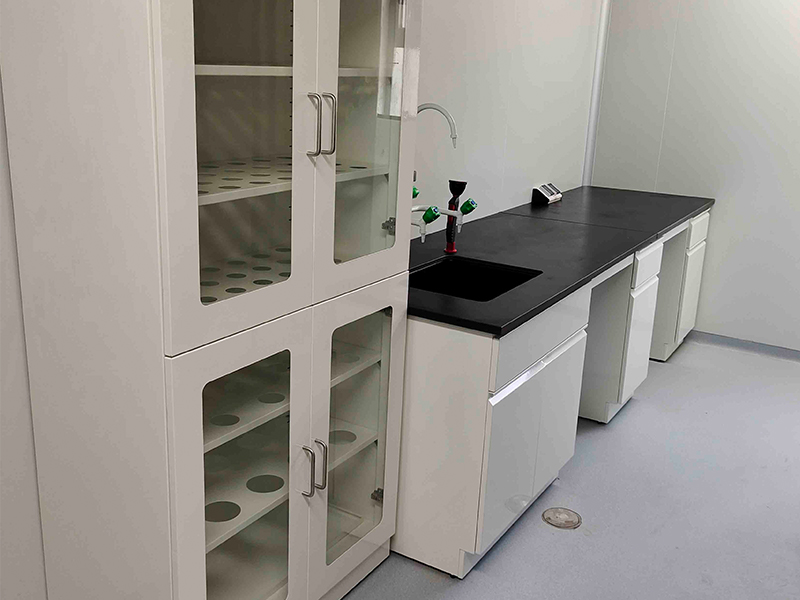Look, if your fume hood isn’t pulling its weight, you’re asking for trouble. Weak airflow? That’s like inviting toxic fumes to a party and telling everyone to breathe deep. Most of the time, it’s the usual suspects: blocked vents, gunked-up filters, or someone messing with the sash like it’s a window blind. Been there.
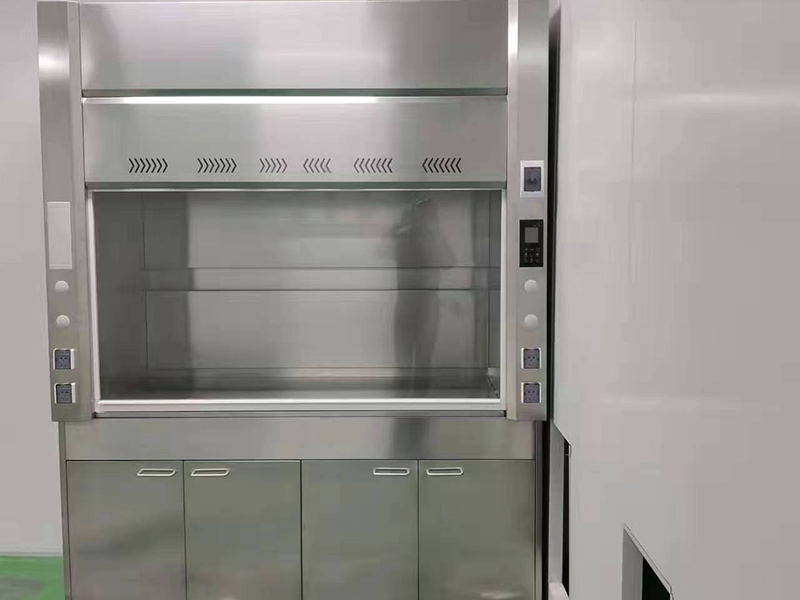
First thing—check that sash. It shouldn’t be slammed shut or propped all the way open unless you’re actively working. Closed tight? Air can’t move. Wide open? Not safe. Find that sweet spot. Then, get your hands dirty (not literally, please) and peek at the exhaust system. Dust bunnies, leftover chemical crud, or random debris can choke the whole setup.
Filters and fans? Oh boy. Clogged filters are like trying to breathe through a scarf wrapped around your face—pointless. Swap those out as often as the manual says (or sooner if you’re running heavy-duty stuff). And don’t ignore the fans. Weird noises, slow spin? Time for some TLC or maybe a replacement. Airflow monitors are pretty slick, too—they’ll rat out a problem before it gets ugly.
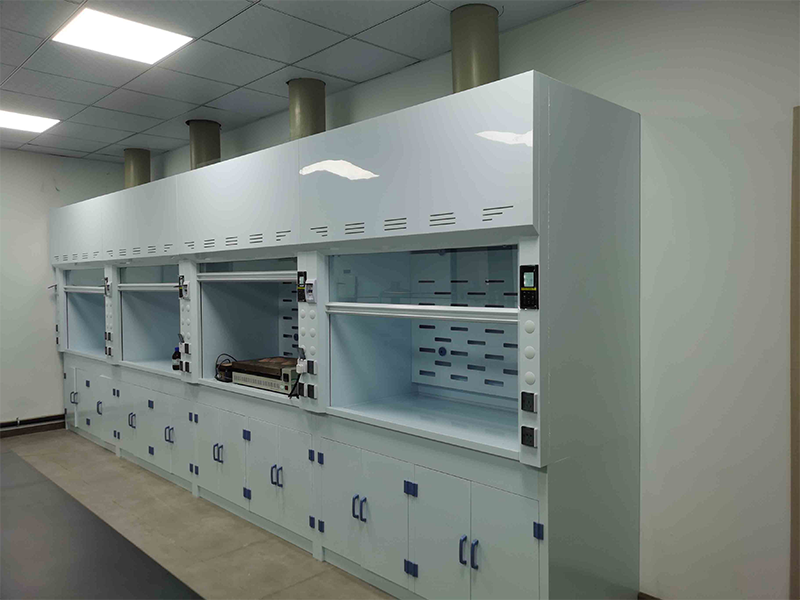
Also, don’t cram your fume hood full of equipment. Seriously, putting a giant flask or some monster apparatus in there blocks the air faster than rush hour traffic. Give it space on all sides. And please, train your crew. People doing the wrong thing is half the problem.
Honestly, stick to these basics—regular checks, clean filters, smart use—and your fume hood will actually do its job. Less drama, more safety. And hey, your lungs will thank you.
